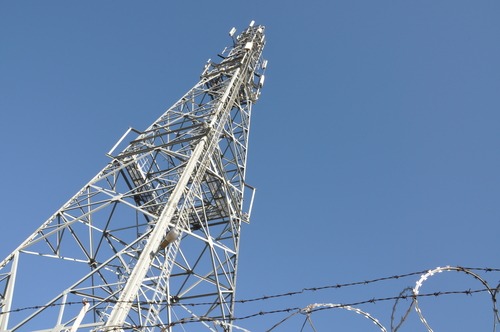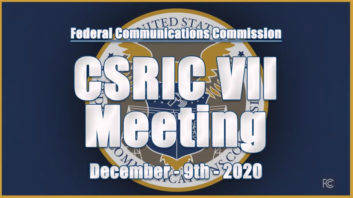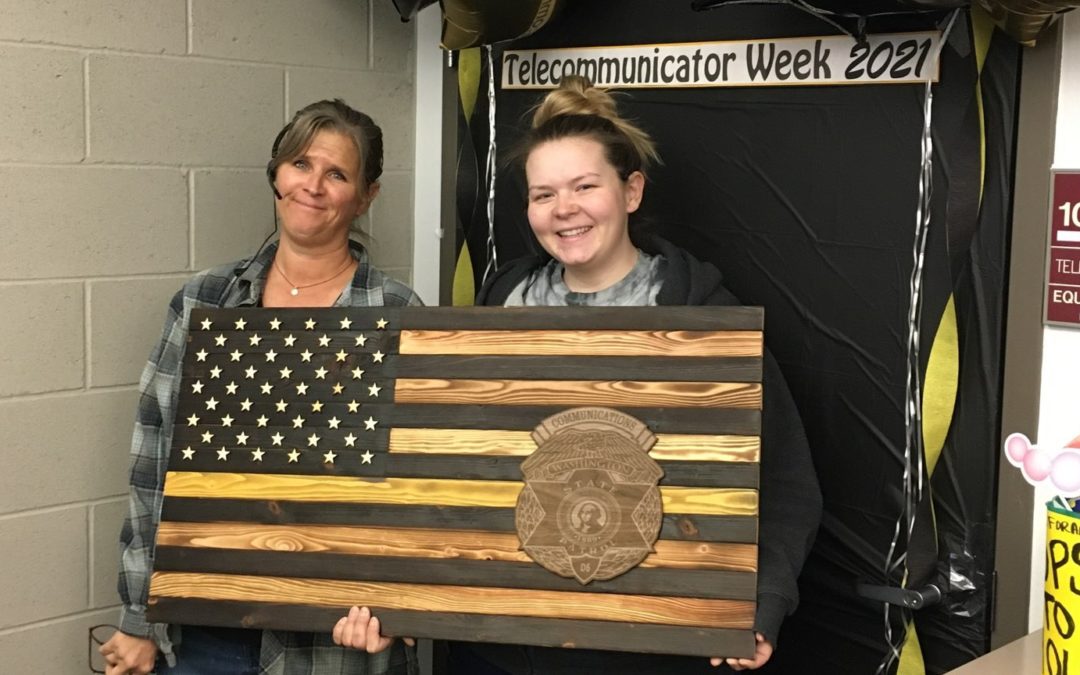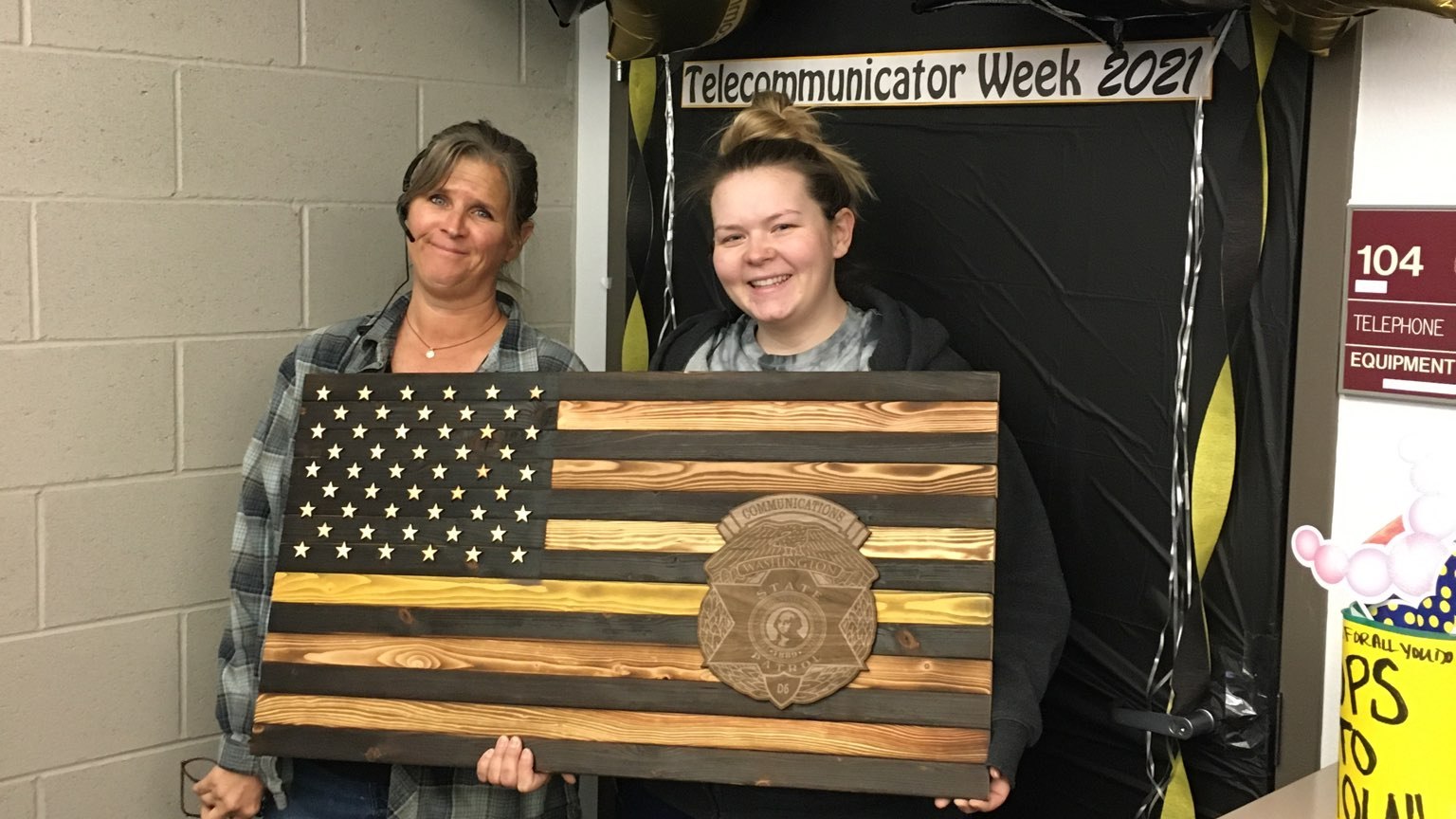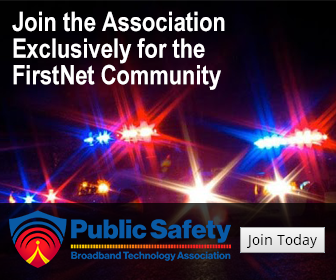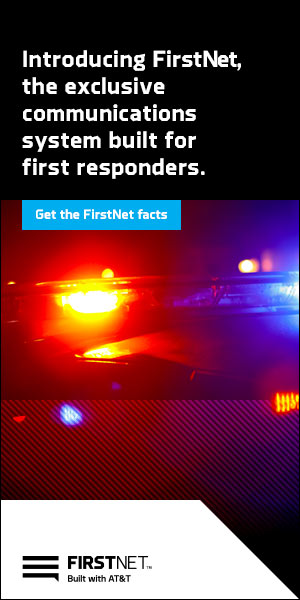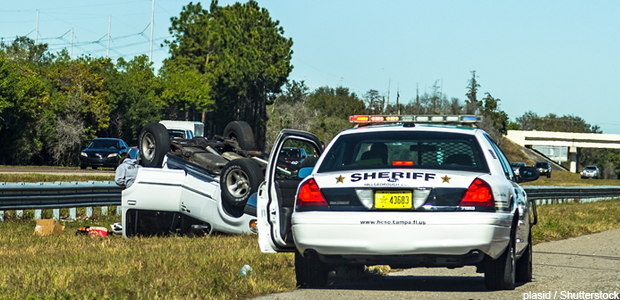
Getting real-time crash data to responders

Public safety answering points (PSAPs) in California can get real-time crash notifications through an agreement between a cloud-based emergency response platform and General Motors’ OnStar emergency system.
Announced at the end of March, the collaboration between OnStar and RapidDeploy gives 911 call takers in the state immediate data about accidents that they can use to improve response – for instance, dispatching several ambulances to a multi-vehicle pileup.

